Norwich Castle started its life as earthworks and a wooden fort in the mid-1000s. The current castle was built for the Norman-French people in 1100, and Henry I visited the town of Norwich over Christmas in 1121. The French Borough was an area of the city, now where the current marketplace is with its colourful awnings, and it remains close to the way it was in that day. The castle was built for the king to control and defend the city, but the castle was later used by the city of Norwich to govern itself. The castle itself is located on a hill. Today, visitors can visit the castle keep and walk around the to look at the views of the city. The castle's primary purpose today is a museum that houses collections of art, ancient artefacts, Egyptian artefacts, natural history, local history and much more. The lower floors were the dungeons and prison, and these can normally be explored, but these are currently closed due to refurbishment.
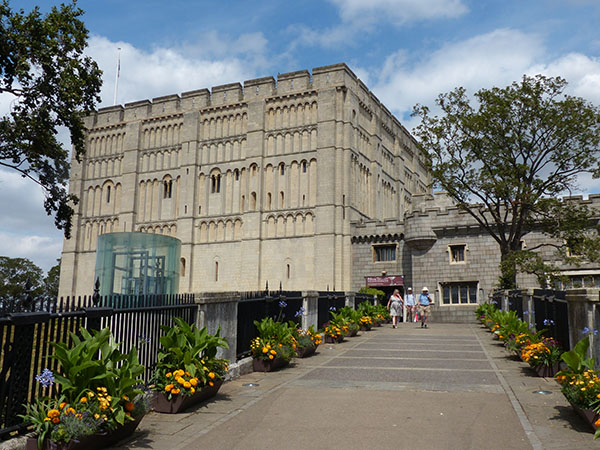
Although I have visited Norwich twice before in the past five years, I never had time to see the castle, so it was high on my list for this visit. I managed to do a quick visit this year, but I could have spent much longer in the museum. As for the castle itself, there's not too much to see. Since the dungeons were closed, it was the huge room of the keep and the bit of the upper floor with the garderrobes and part of the kitchen that could be explored. I did not know at the time, but the battlements at the top can also be explored on special guided tours. I will have to do that another time.
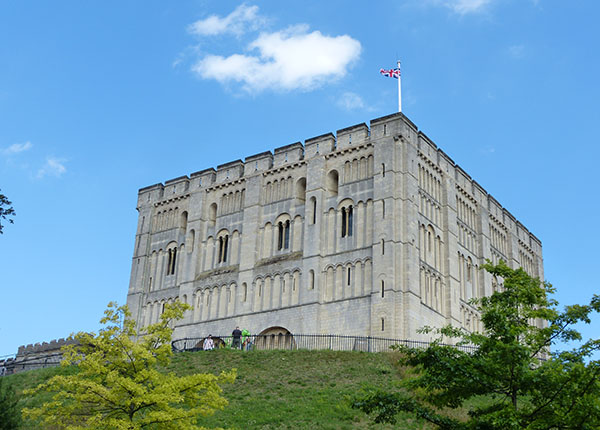
The castle keep had some information about life in the castle and some items found in and around the castle.
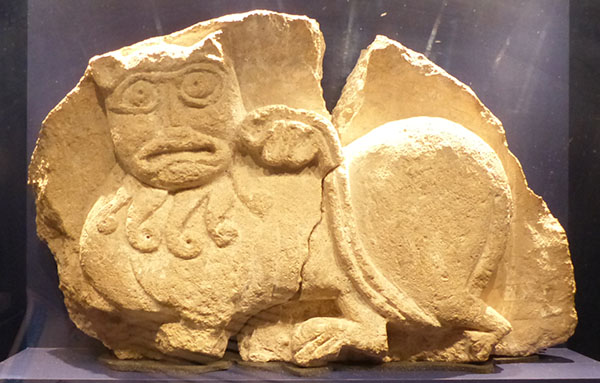
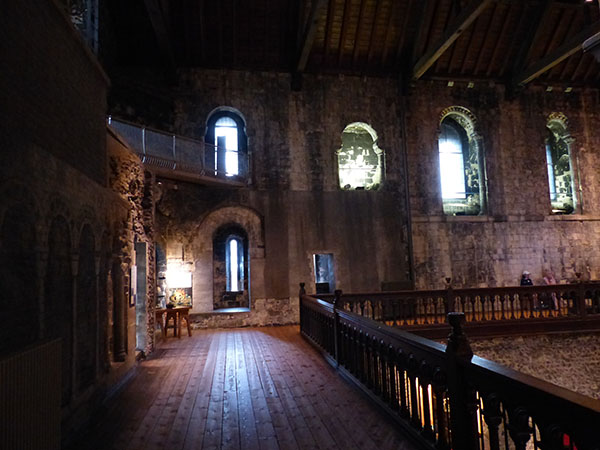
Meetings happened in the garderobes, and there was not the privacy that we have today.
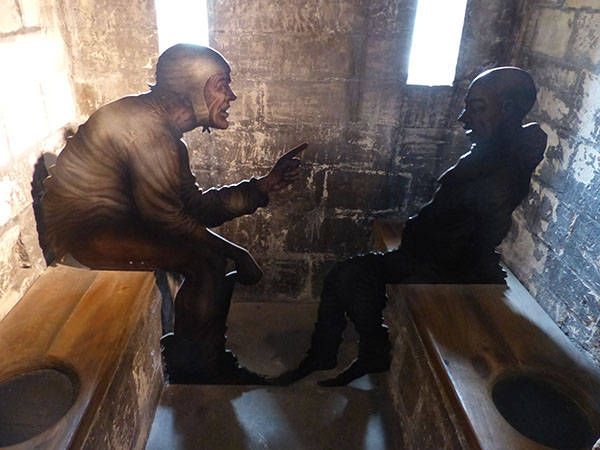
One of the other ends of the castle were the king's private quarters, including an escape route. The chapel is also at one of the other ends.
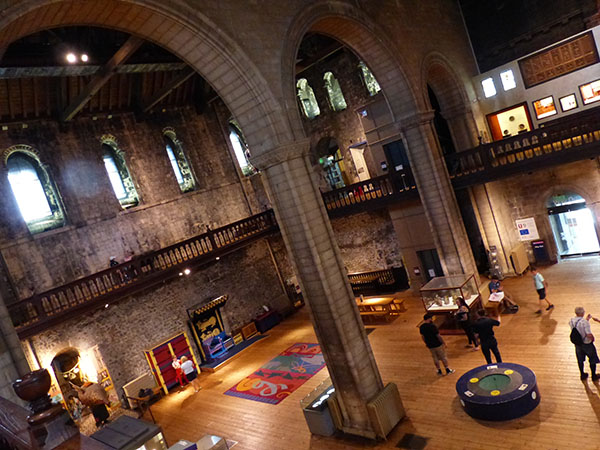
The below image is of the guild-day parades with "Snap" the dragon. This is the dragon that St. George is said to have defeated, and the dragon would have someone inside it who would move it and make it smoke and cause chaos during the procession. The dragon became popular with the city of Norwich.
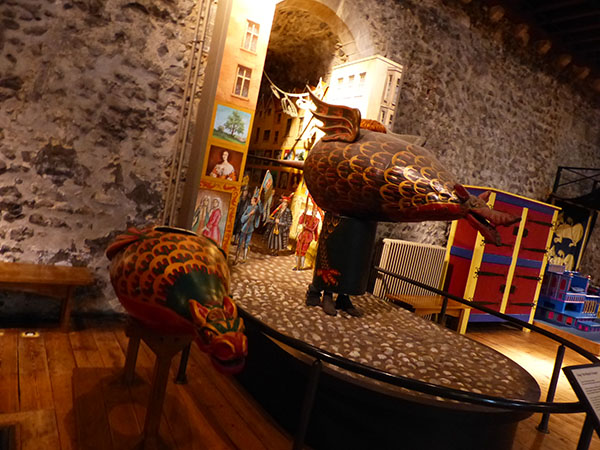
The below image is part of a photograph of a large collection of cat trinkets, known as "Mrs. Langton's Cats". I am not sure of the story of the cats, but it appealed to me because I also have a large collection of trinket cats of different ages (though probably mainly from the 1960s-1980s). There were also collections of African dolls and arrowheads/stone prehistoric tools from North America, Europe, Africa and Asia. It's amazing that they all look the same.
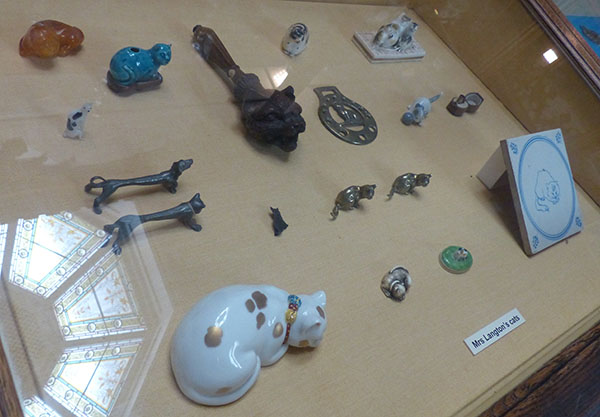
For those who love tea, the following photograph is of the largest teapot in the world. It is thought to have been created for the Great Exhibition in Hyde Park, and it holds 60.75 litres. It does not look too big in this photograph, but it is. I don't know how someone could lift it full of water. I think it would be too heavy to pour.
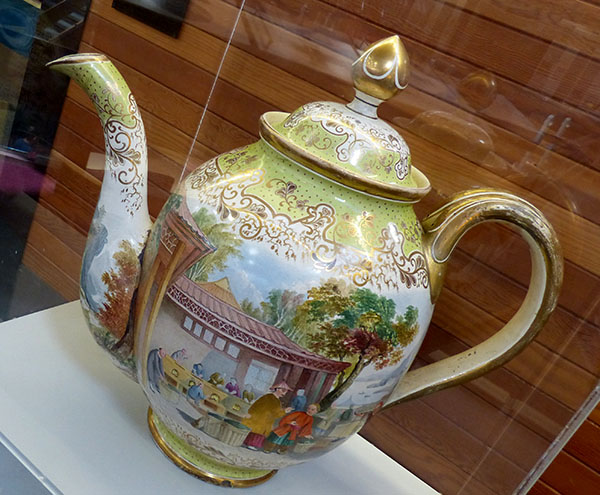
One room held pehistoric information, such as hoards of coins like the one below and also mentioned daily life and dress with items discovered.
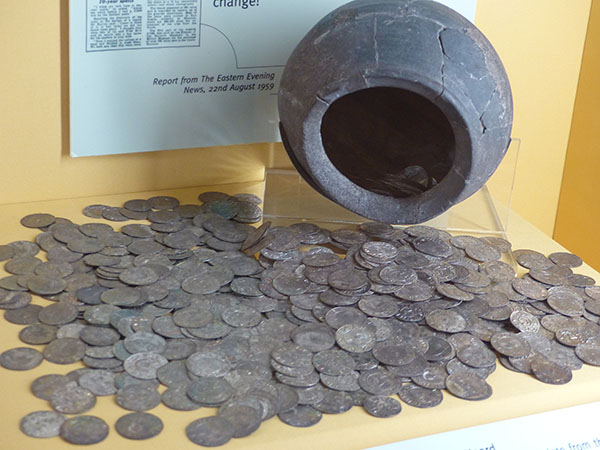
Below is "Spong Man", though the clay figure could have also been a woman. It is a figurine whose purpose was unknown but it was located in a rabbit hole near a cremation site. The figure was actually a pot lid.
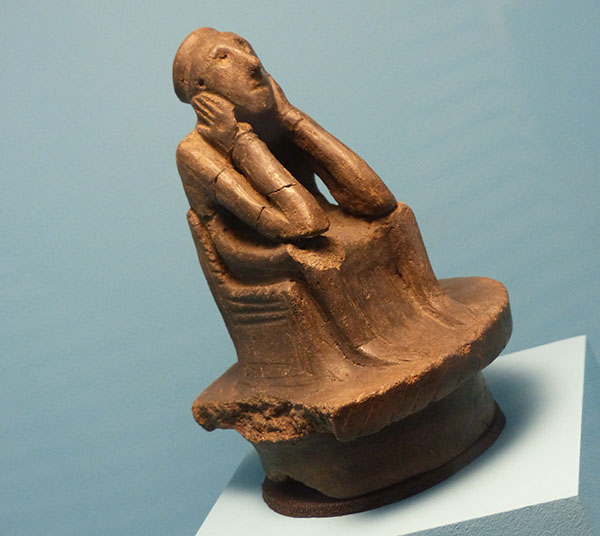
The other cabinets contained some war items from soldiers of Norfolk, and the Egyptian rooms are here as well. The room contains items from collections by Colman (of the mustard fame), the royal family and other wealthy people. They would often bring back Egyptian artefacts. In the past, it was also customary to have parties and unwrap mummies at those parties. The exhibition contains a mummy and some animal mummies of crocodiles, birds, and cats. The Egyptians loved their cats; they were worshipped and kept as pets.
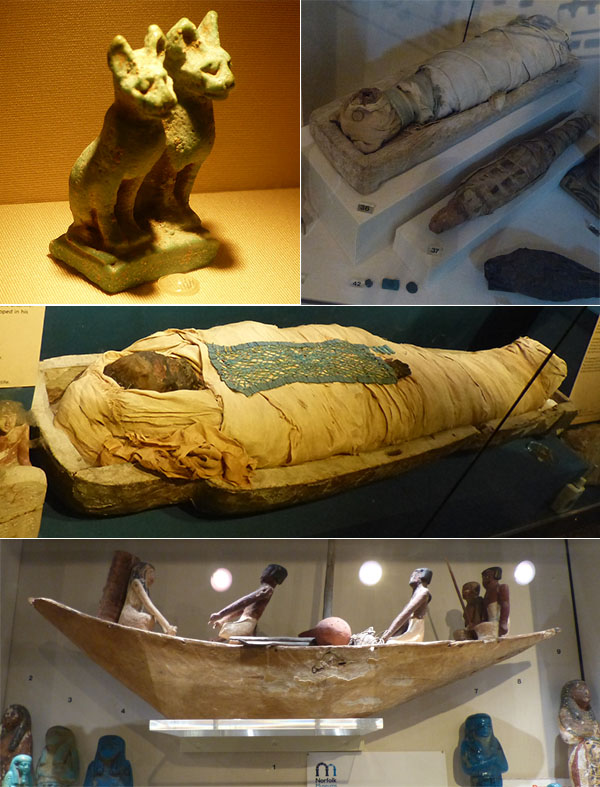
One large area of the museum is dedicated to Boudicca, who was of the Iceni tribe in Norfolk. She is popular for defeating the Romans. I'd love to go back to this area and take my time to read the boards in more detail. The information was about how the people lived in their roundhouses and how they gave offerings of gifts in water (water was spiritual) and in deep shafts (how hoards of treasures are found) to gods/earth or to their ancestors. Somehow, it is known that instead of farming during the year of Boudicca's revolt, the people planned for war with the Romans.
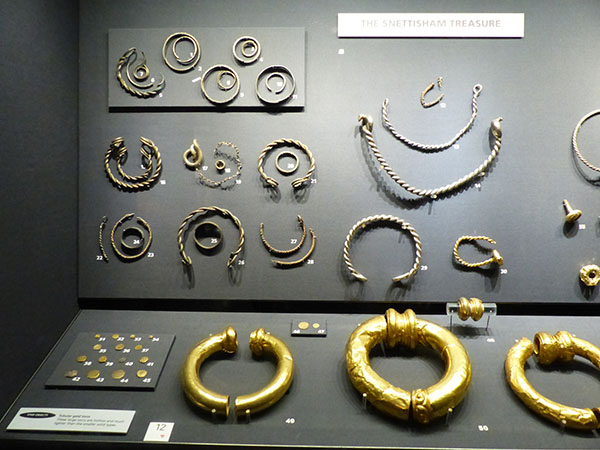
The Snettisham Treasure was a large hoard discovered, and most of the items buried were torcs such as the ones pictured above. They were worn around the neck and are often found in hoards. Apparently most of them and a lot of the other items in hoards have been broken. Perhaps this was a sacrifice to thank the gods of the earth for allowing use of the materials for the time they are in use.
Another part of the museum is the Paston Treasuries, named after a local wealthy family. I did not have time to see these art galleries.
That concludes my tour of Norwich Castle. The castle is open all year with longer hours in the peak months. I suggest to spend at least half a day at the castle in order to make the most of the exhibits.
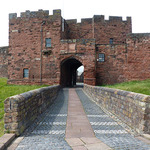
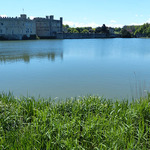
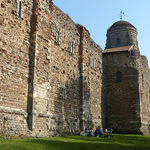
Leave a comment